What is thermowood?
The thermowood we use is made of Scandinavian pine from sustainably managed forests. The properties of this pine wood are improved by thermal modification. This is a natural process in which no chemicals are added to the wood. The treatment takes place only with heat and steam. In this way, thermo wood is a solid wood in its purest form.
The thermal process
During thermal modification, the boards are put into a large oven of at least 200 degrees for a long period of time, at least 30 hours. Here the wood is "treated" with heat and steam.
Often this thermal process consists of three phases. During the first stage, heat is used to extract moisture from the wood, preventing steam burning and cracking.
In the next stage, a constant temperature is maintained to allow chemical and physical changes to take place. Thus the Hemicelluloses contained in wood are drastically reduced and the wood acquires its unique dark brown color during this stage. At the end of this stage, all the moisture is extracted from the wood.
After high-temperature drying, the temperature in the kiln is lowered through the use of steam. This adjusts the moisture content of the finished product, giving the wood a moisture content of 4 to 7 percent. This improves the dimensional stability and durability of the wood without risk of cracking.
Excellent eco-friendly choice
Thermally modified wood is known for its excellent insulating properties and high durability rating with a lifespan of 15 to 25 years untreated wood lasts an average of 5 to 10 years. Even if you treat it with a varnish. The thermal modification process thoroughly dries the wood and removes harmful extracts, minimizing the moisture content. This makes the wood highly dimensionally stable and resistant to shrinkage and expansion, which is essential for durability.
In addition,the heat and sound insulation of thermo wood is up to 30% better than that of natural wood. Thermowood is the perfect application to use outdoors and does not need to be treated with toxic substances to give it extra protection. This can be done with wheat oil, for example. The changes that take place during the process make the wood resistant to insects, fungi and rot, which significantly extends its lifespan. In general, thermally modified wood lasts for many years, often much longer than untreated wood, resulting in lower maintenance costs and a longer life.

.webp)






.webp)

.avif)

.webp)


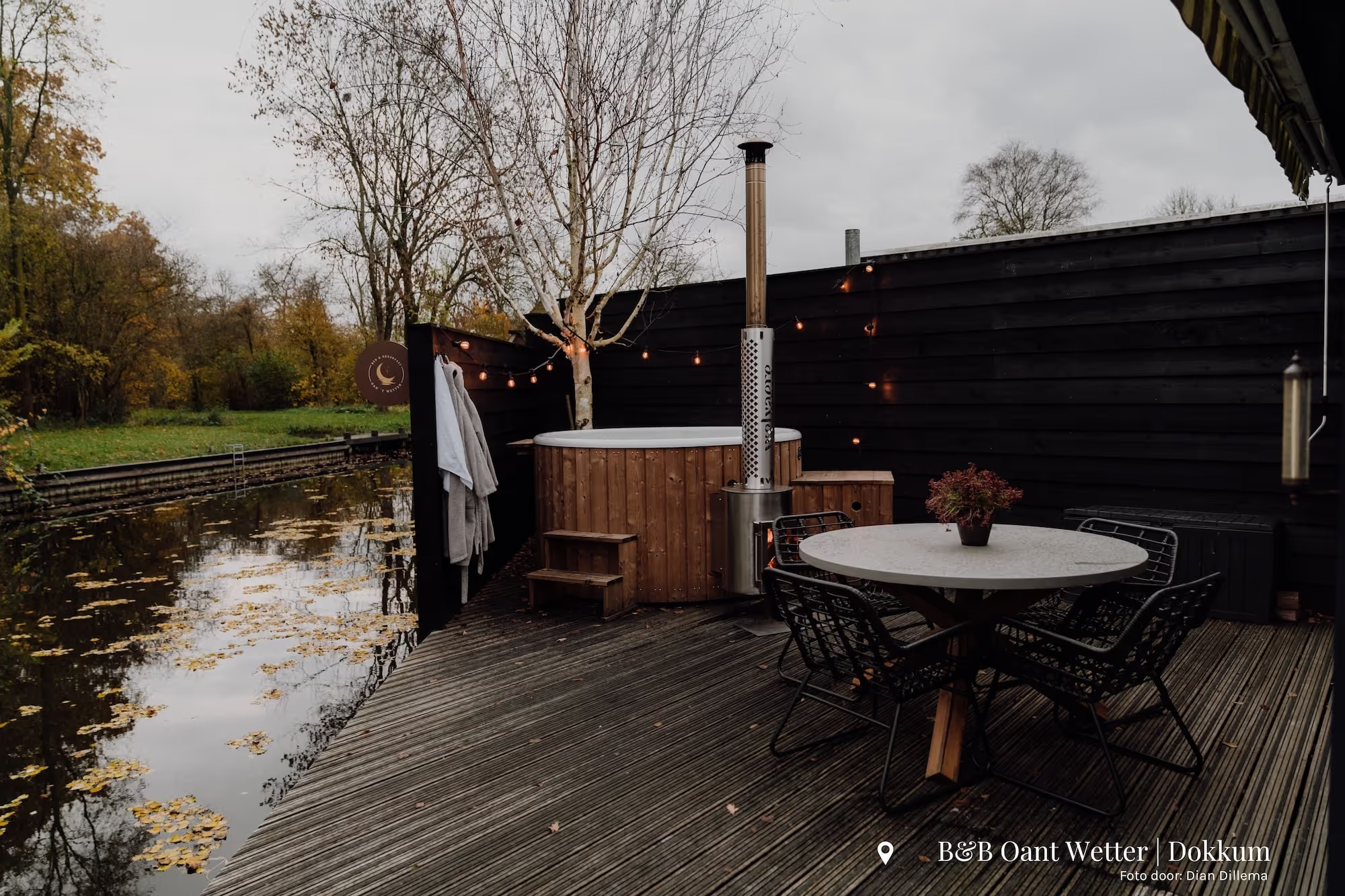
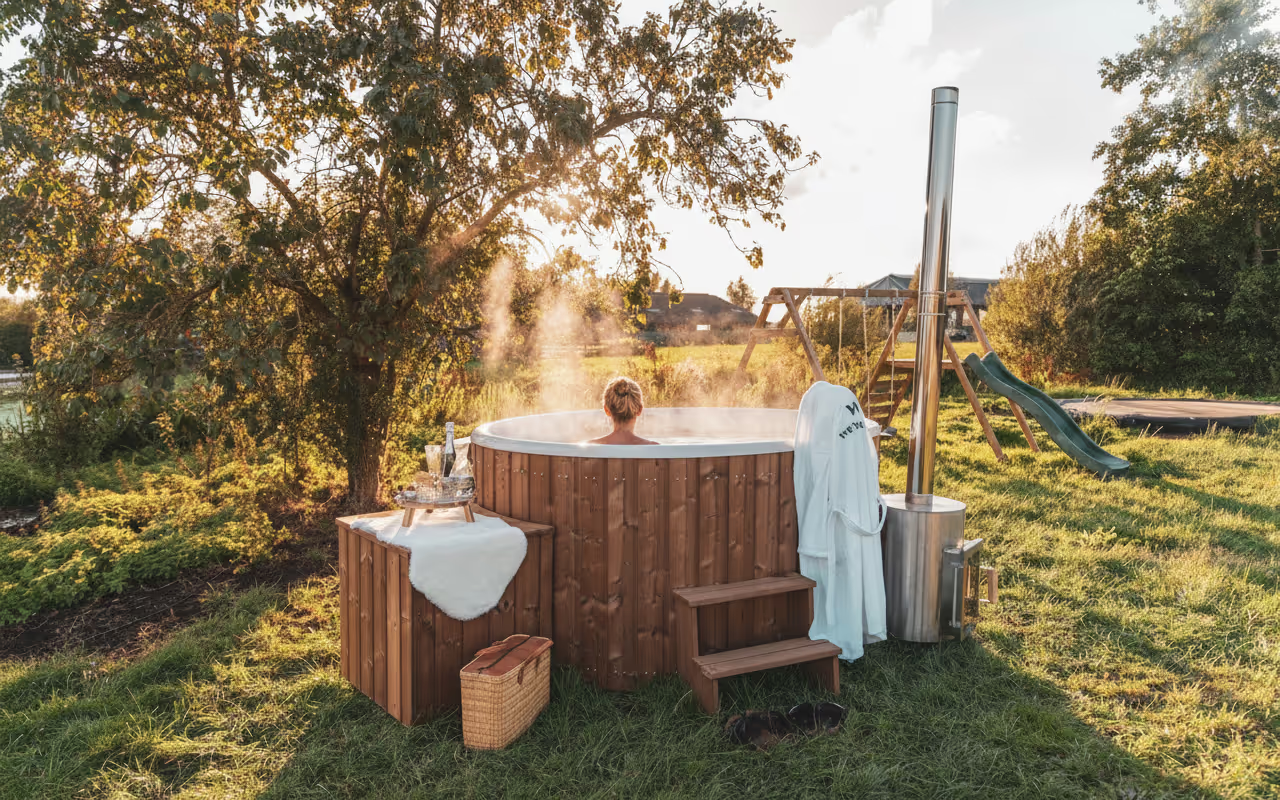
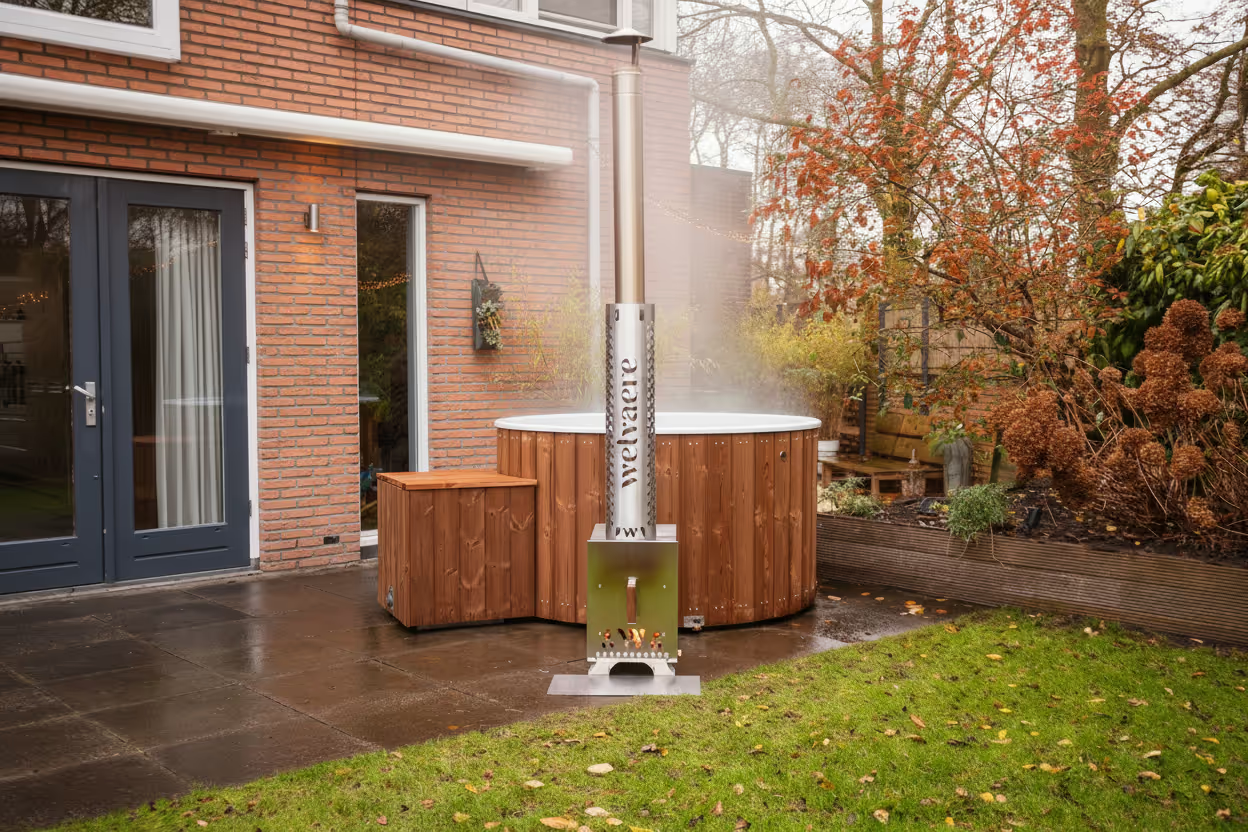


.avif)
.avif)
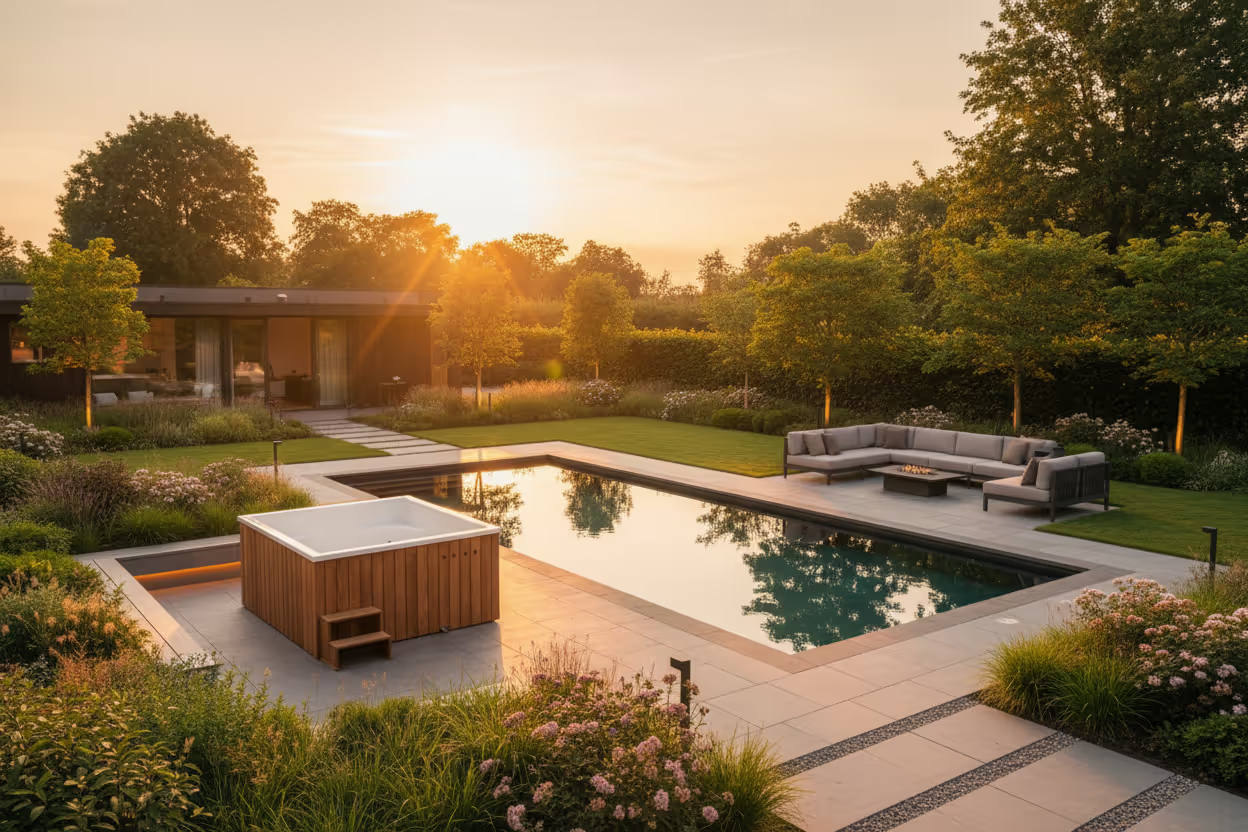

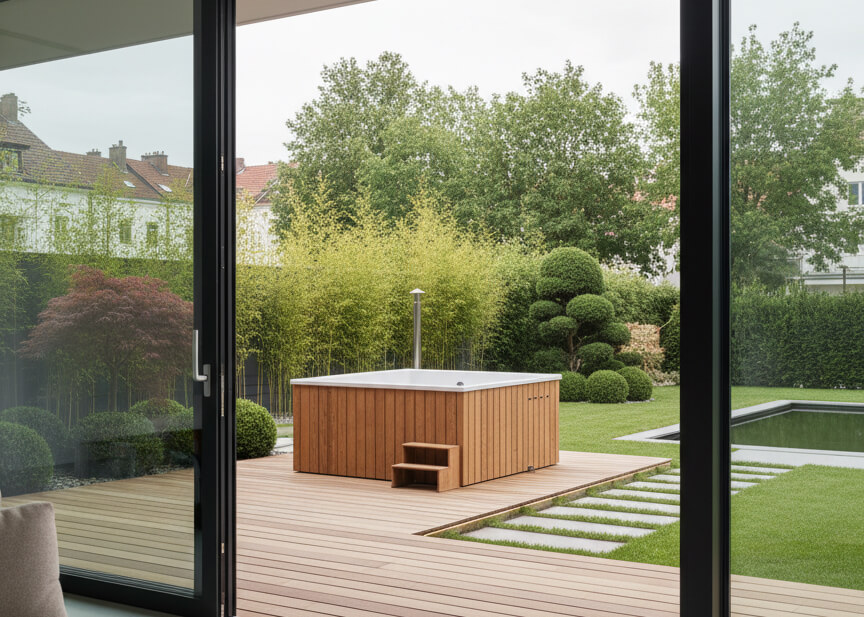


.webp)

-min.jpg)
-min%20(1).webp)

-min.webp)
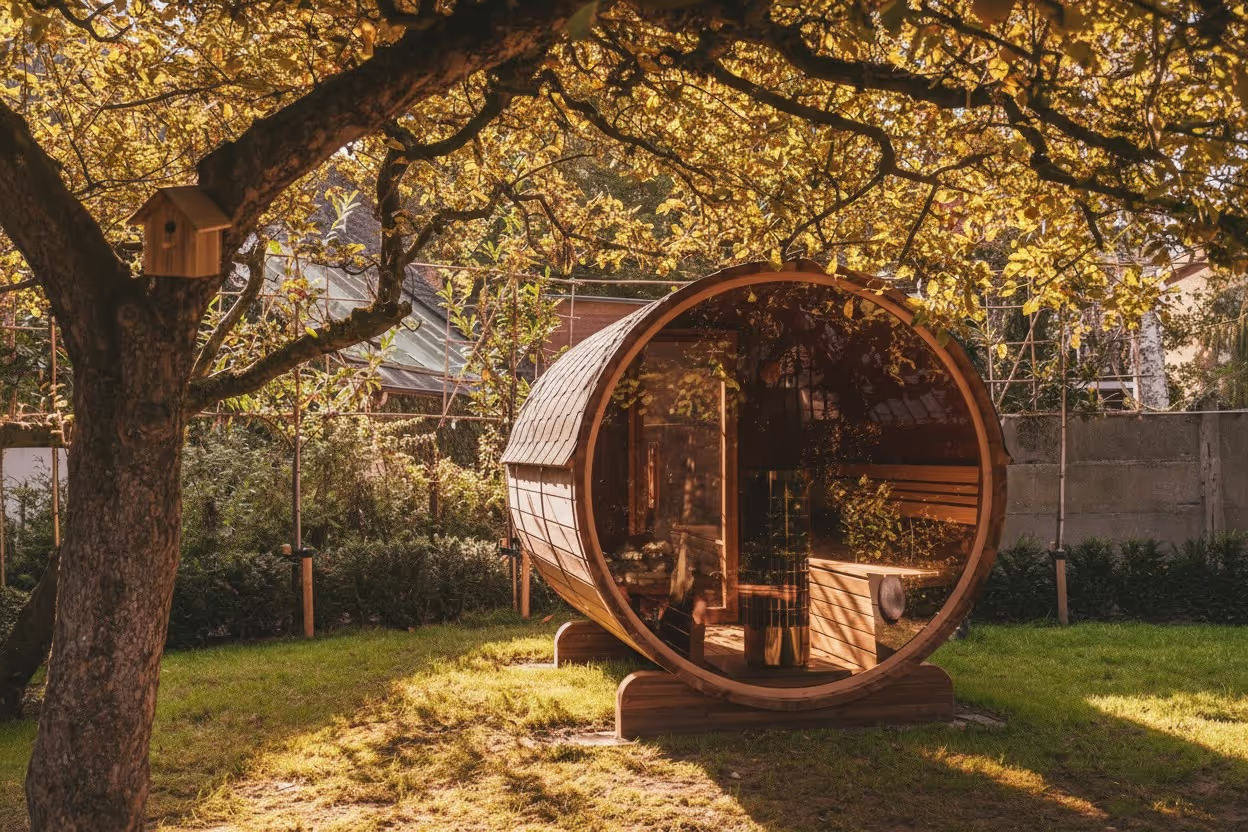

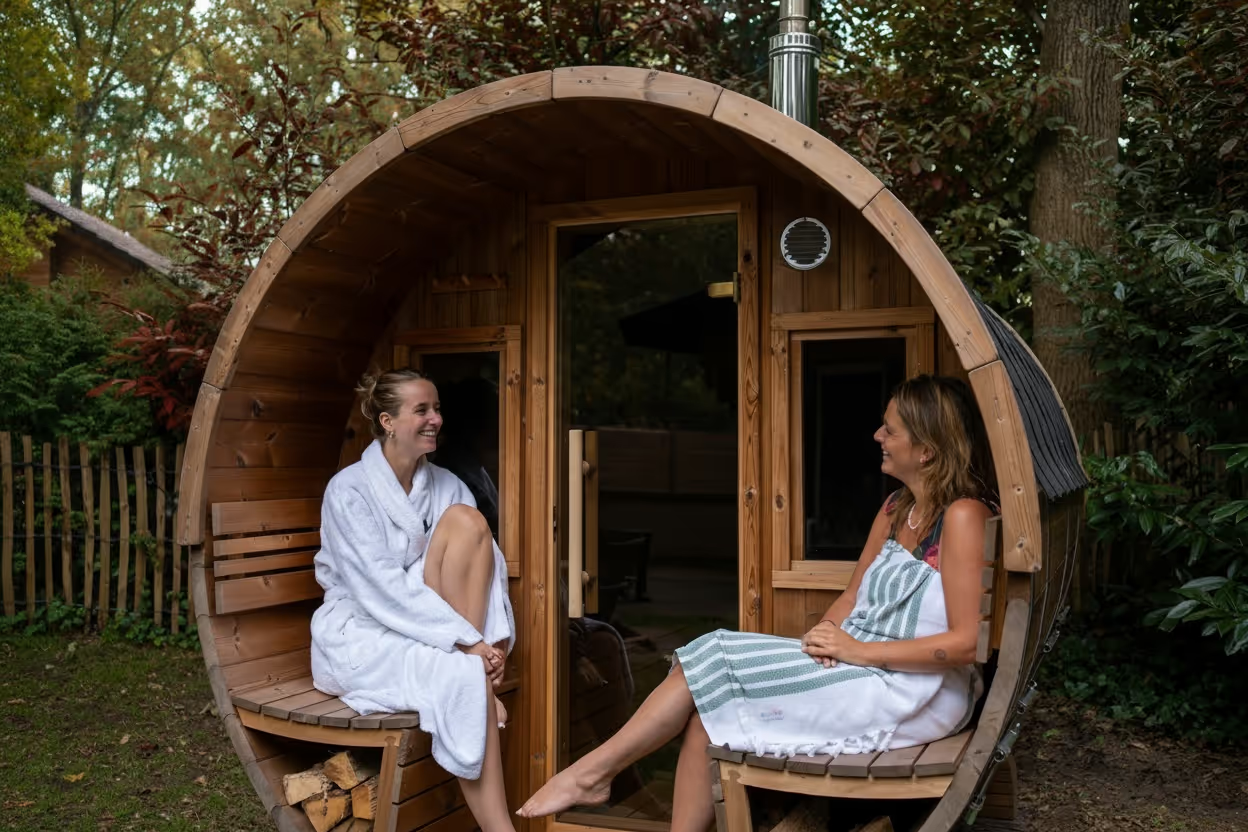


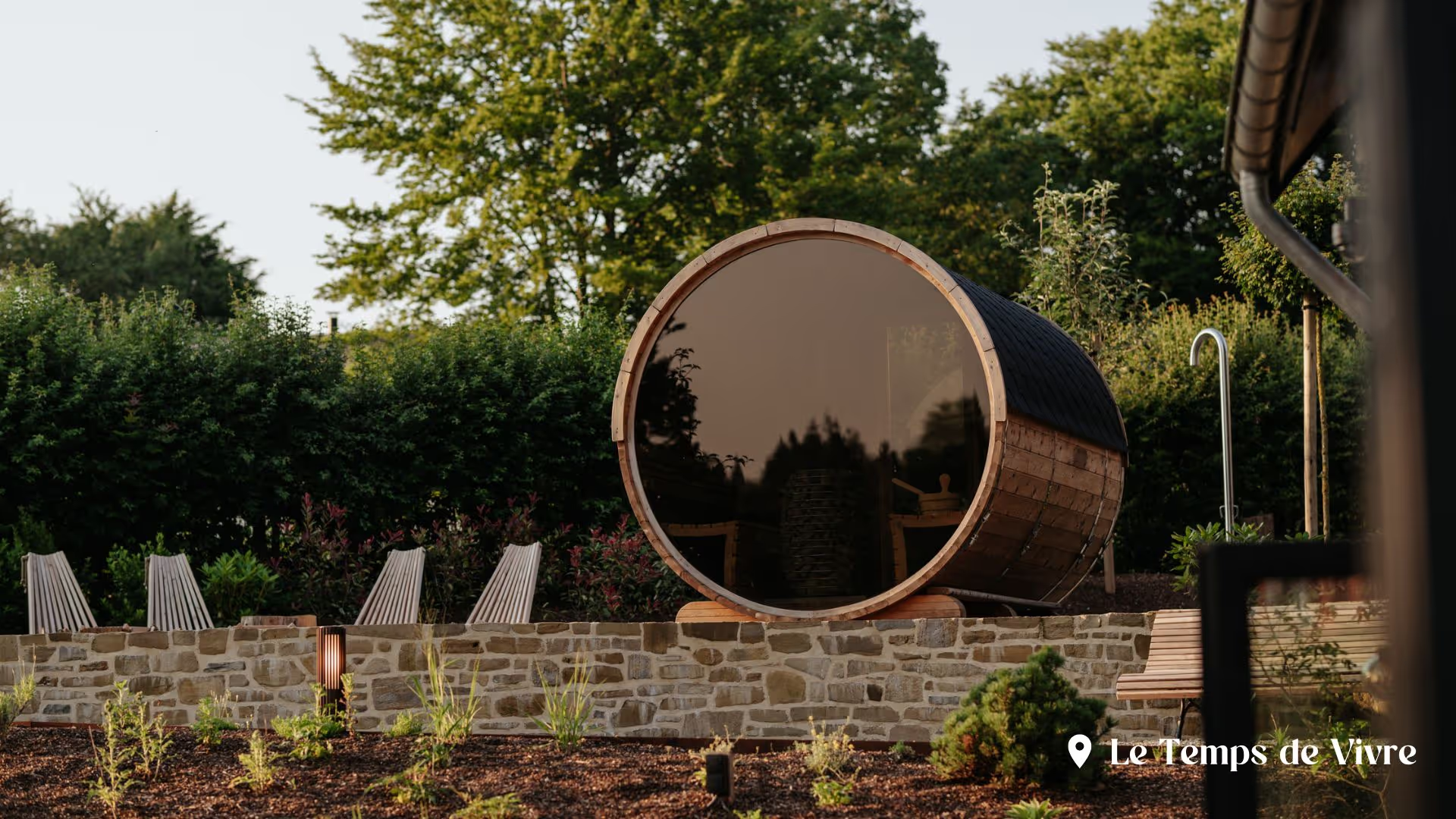
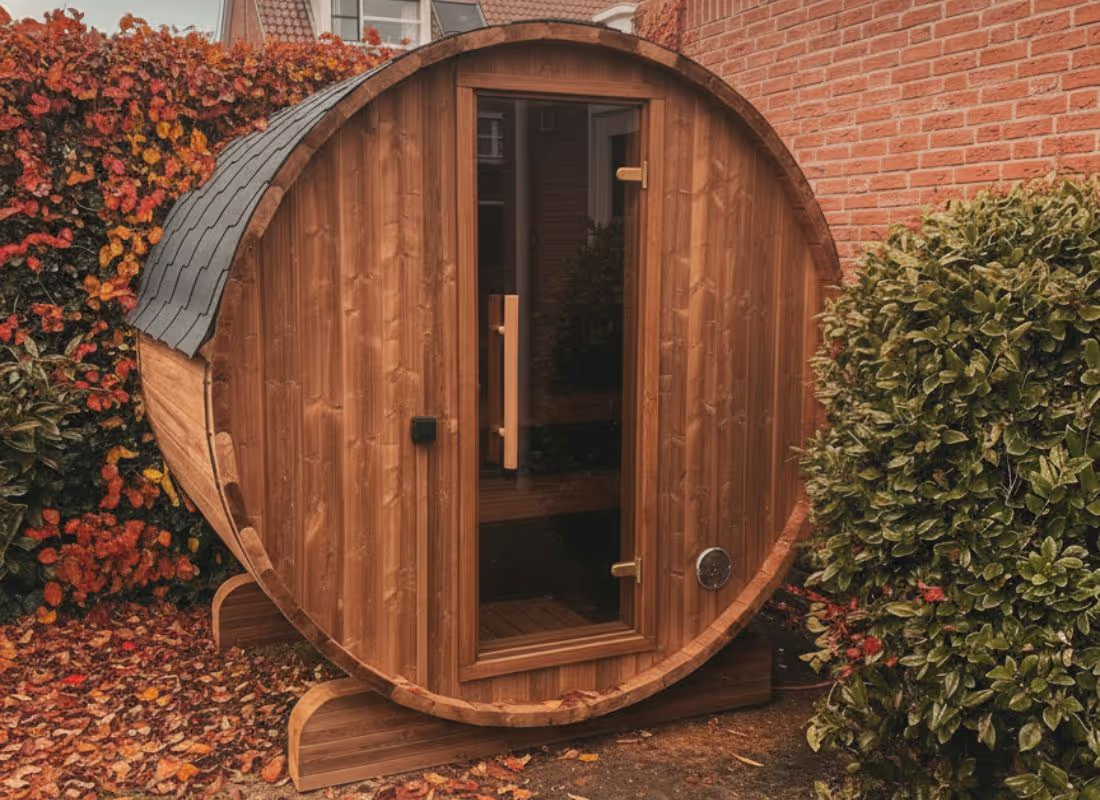


-min.avif)

.avif)







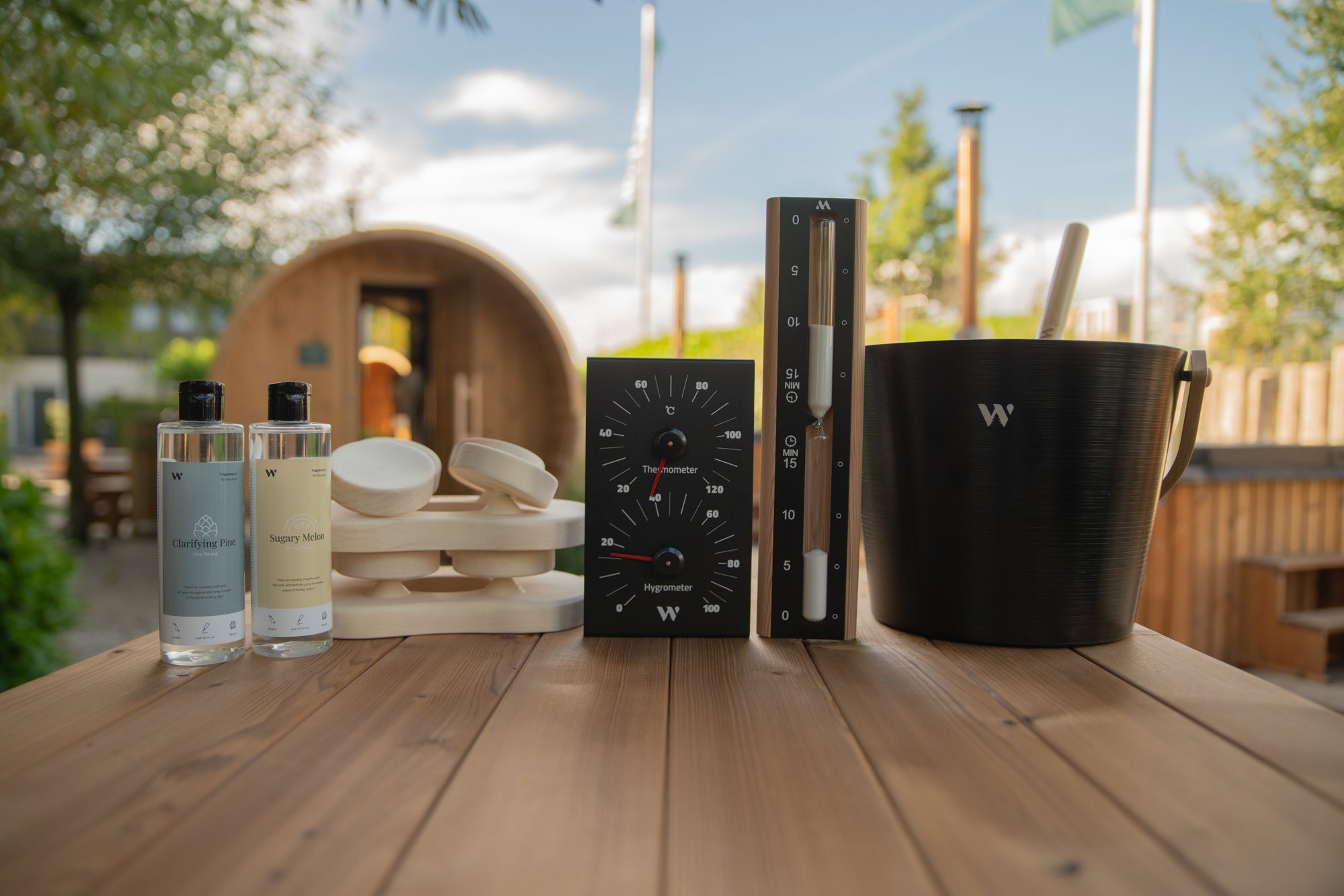

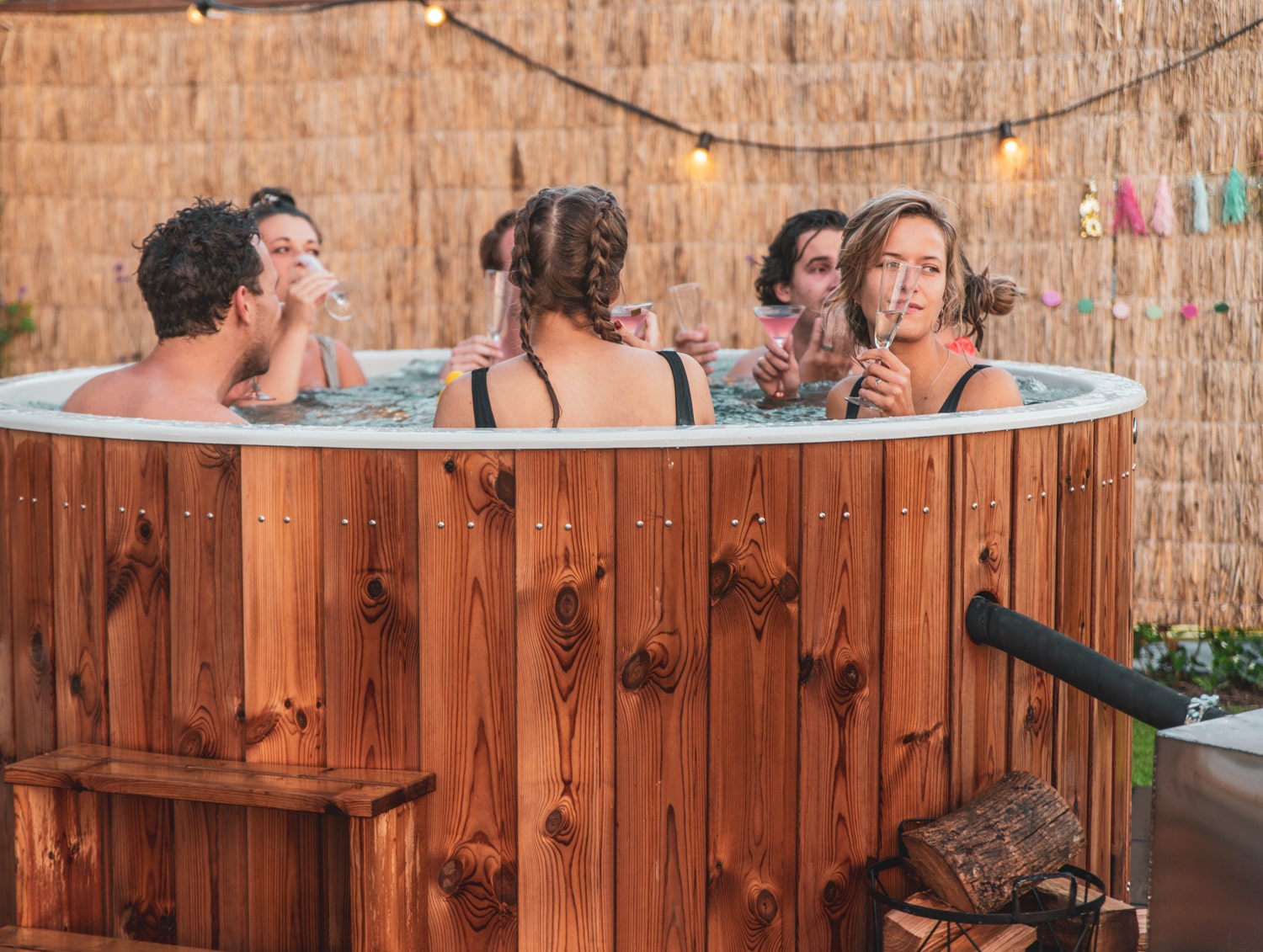

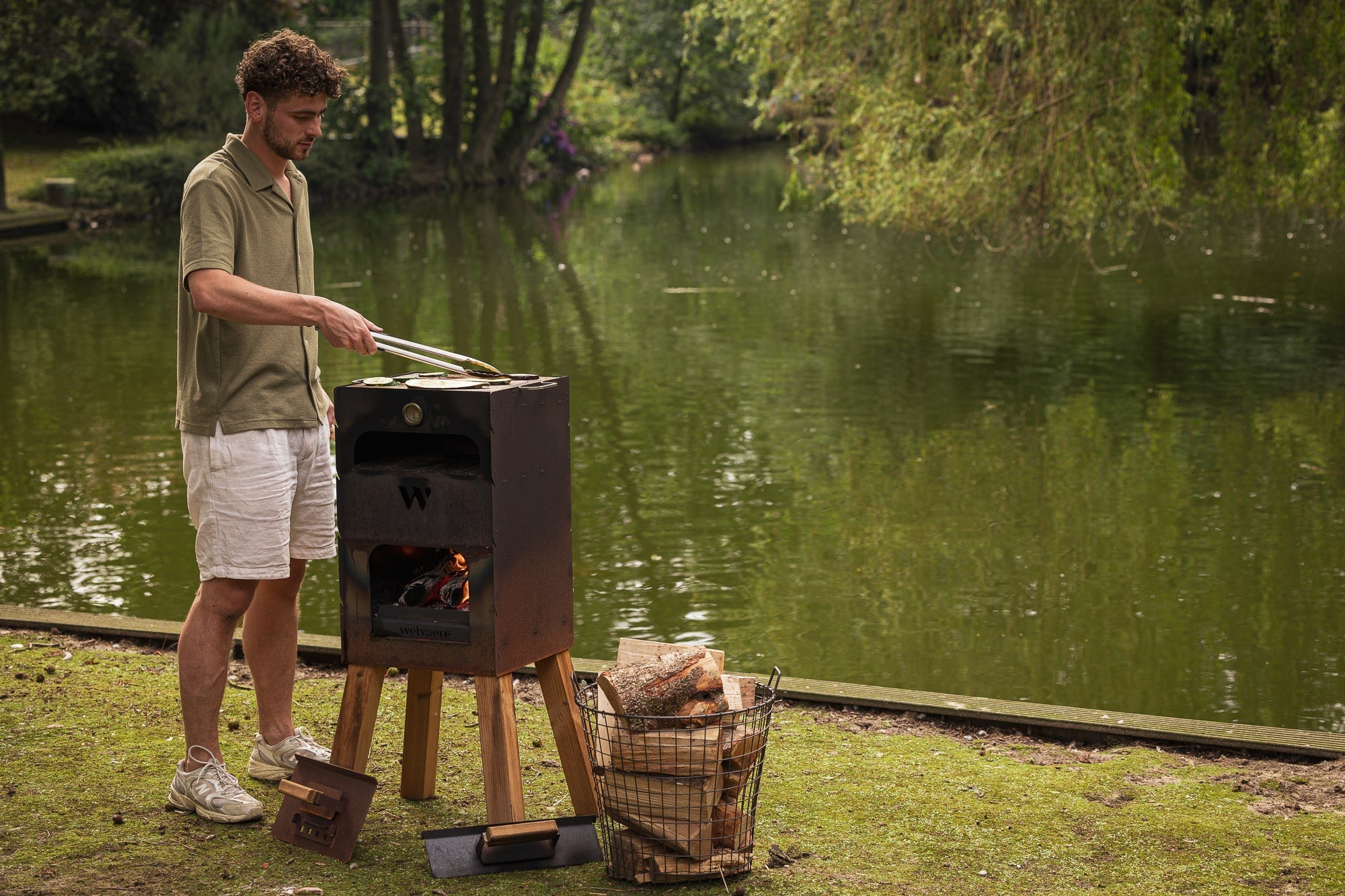



-min.webp)
-min.webp)



.webp)

-min.webp)

.webp)




.webp)
-min.jpeg)










.svg)



.webp)



